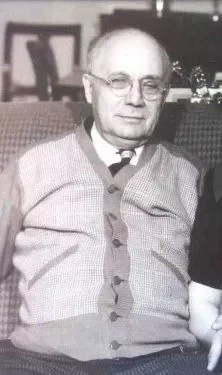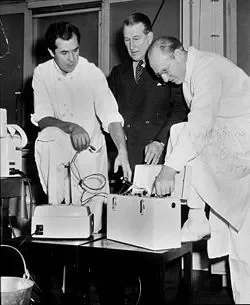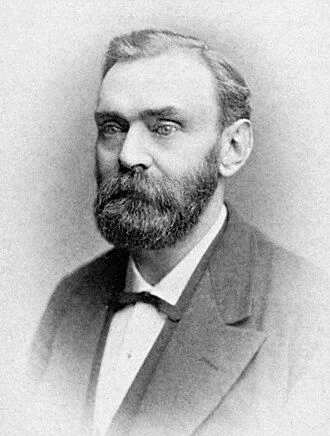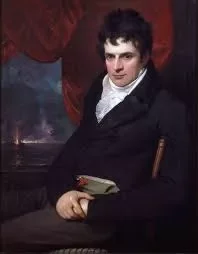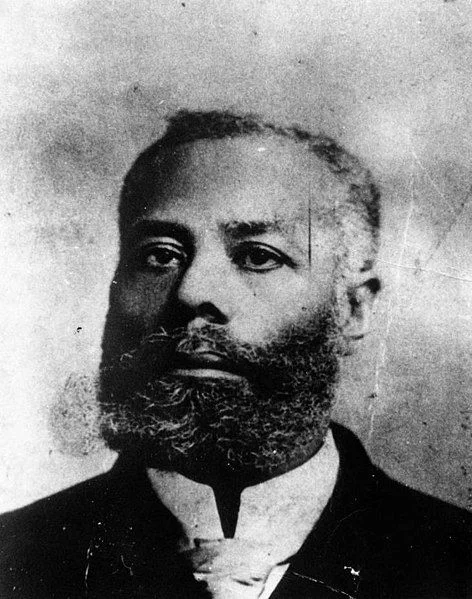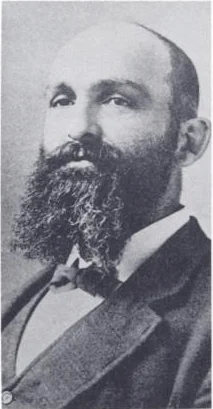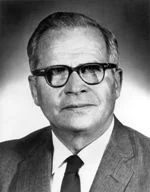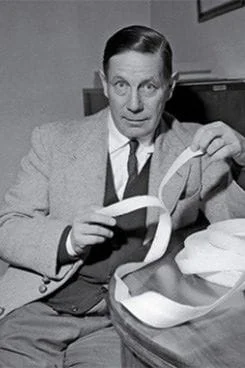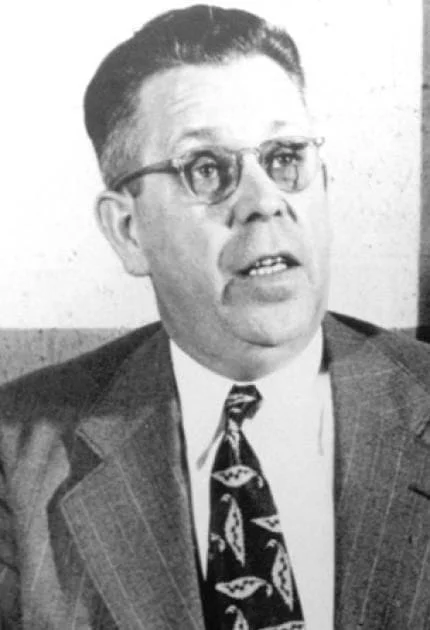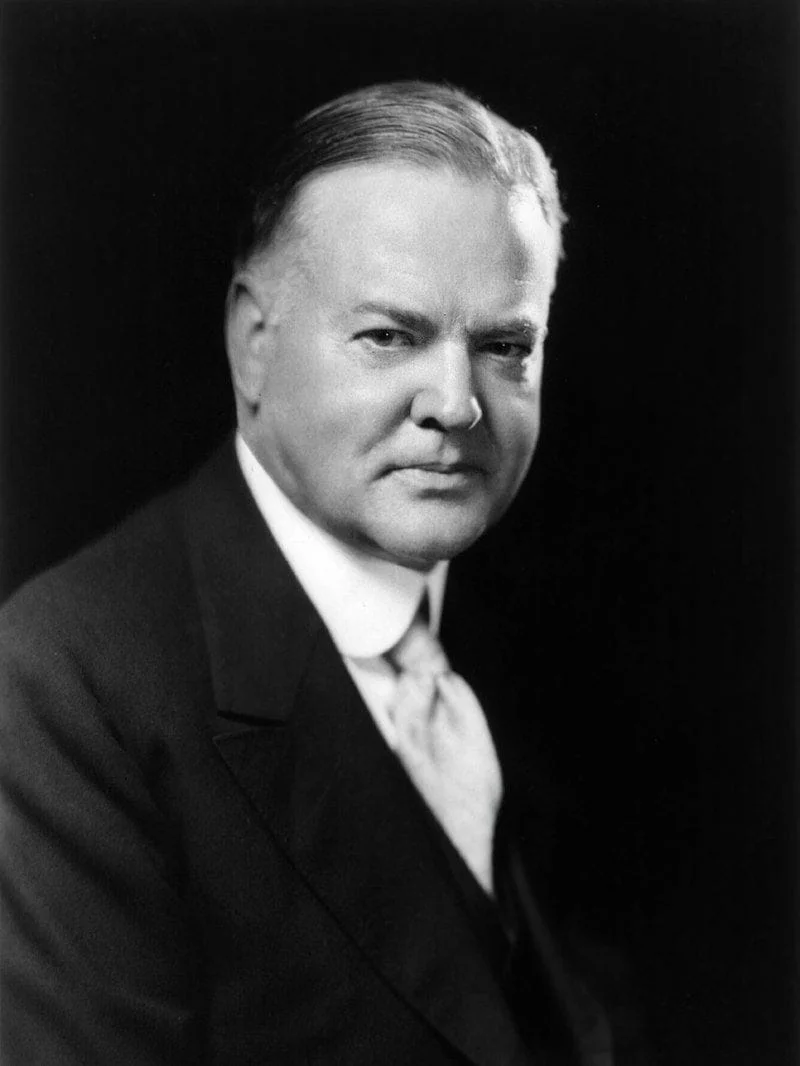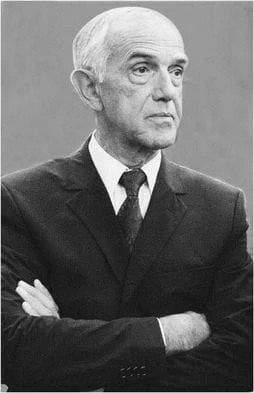Real Celebrities Never Die!
OR
Search For Past Celebrities Whose Birthday You Share
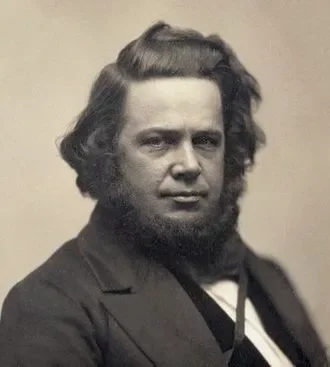
source:wikimedia.org
Elias Howe
Birthday:
09 Jul, 1819
Date of Death:
03 Oct, 1867
Cause of death:
Gout and massive blood clot
Nationality:
American
Famous As:
Engineer
Age at the time of death:
48
Early Life
Elias Howe’s name may not be as instantly recognizable as some inventors, but his impact on the garment industry was nothing short of revolutionary. With perseverance, ingenuity, and a keen mechanical mind, Howe forever changed the way clothing was made, pioneering the first practical sewing machine and laying the foundation for modern textile production.
Born on July 9, 1819, in Spencer, Massachusetts, Elias Howe Jr. was the son of Dr. Elias Howe Sr. and Polly Howe. From an early age, he displayed a fascination with machinery, a trait that would define his life’s work. At just 16, he began his apprenticeship in a textile factory in Lowell, Massachusetts, where he immersed himself in the world of precision mechanics. However, the Panic of 1837 led to widespread mill closures, forcing Howe to seek new opportunities elsewhere.
Career
Determined to hone his craft, Howe moved to Cambridge, Massachusetts, where he worked with carding machinery and apprenticed under his cousin, Nathaniel P. Banks. His true breakthrough, however, began in 1838 when he joined the workshop of master mechanic Ari Davis, a specialist in the manufacture and repair of precision instruments. It was in Davis’s shop that the seeds of Howe’s greatest invention were planted.
At the time, the concept of a sewing machine had been toyed with by various inventors, but none had created a truly practical model. Recognizing this gap, Howe dedicated himself to perfecting the design. On September 10, 1846, he was granted the first United States patent (U.S. Patent No. 4,750) for a sewing machine that used a lockstitch mechanism—an innovation that would transform the industry.
Howe’s design incorporated three fundamental features still found in modern sewing machines: a needle with the eye at the point, a shuttle operating beneath the cloth to form the lockstitch, and an automatic feed to move the fabric forward. The placement of the eye of the needle at the point proved to be a groundbreaking innovation, enabling a faster and more efficient stitching process.
Despite his revolutionary invention, Howe faced immense difficulty securing investors and manufacturers in the United States. Undeterred, he traveled to England in 1846 and sold the British patent rights to William Thomas, a manufacturer of corsets, shoes, and umbrellas. While this provided some financial relief, it was only the beginning of a long and arduous journey.
Upon returning to the United States, Howe discovered that numerous entrepreneurs, including Isaac Singer, had begun producing and selling sewing machines using his patented design. What followed was a legal battle that spanned years, culminating in a decisive victory in 1854. With his patent rights upheld, Howe was finally recognized as the true inventor of the modern sewing machine and was granted royalties on all machines produced in the United States.
In 1865, he founded the Howe Machine Company in Bridgeport, Connecticut, further cementing his legacy in the industry. His company’s machines gained international acclaim, even earning a gold medal at the prestigious Paris Exhibition of 1867.
Howe’s invention revolutionized the garment industry, transforming sewing from a slow, labor-intensive task into a streamlined and accessible process. Before the sewing machine, garments were painstakingly stitched by hand—an arduous process that limited production and affordability. With Howe’s innovation, clothing became more readily available to people of all social classes, shaping the future of fashion and manufacturing.
Elias Howe's Quote's
Personal Life
Howe was married to Elizabeth Jennings Ames, daughter of Simon Ames and Jane B. Ames. The couple had three children together before they divorced. He later got married to Rose Halladay.
Legacy
Elias Howe’s story is one of relentless perseverance, ingenuity, and an unyielding belief in his vision. Though he passed away in 1867, his legacy lives on in every stitch made by the sewing machines that bear the hallmarks of his invention. His contributions not only changed an industry but also altered the very fabric of everyday life, proving that true innovation stands the test of time.
Name:
Elias Howe
Popular Name:
Elias Howe
Gender:
Male
Cause of Death:
Gout and massive blood clot
Spouse:
Place of Birth:
Spencer, Massachusetts
Place of Death:
Brooklyn, New York
Occupation / Profession:
Personality Type
Defender: Very dedicated and warm protectors, always ready to defend their loved ones. Elias Howe was often quick to help people in need. He also felt a strong sense of duty towards those around him..
He got the patent for the sewing machine in the U.S. but sold it to England.
When he returned to the U.S. he found that his machine was being manufactured and sold in someone else’s name.
Elias Howe once apprenticed in a textile factory.
He got the idea for the sewing machine while working under master mechanic Ari Davis.
He finally got the patent rights in 1854.
He also worked as a mechanic.
Elias Howe invented the modern lockstitch sewing machine
He was inducted into the United States National Inventors Hall of Fame in 2004.
